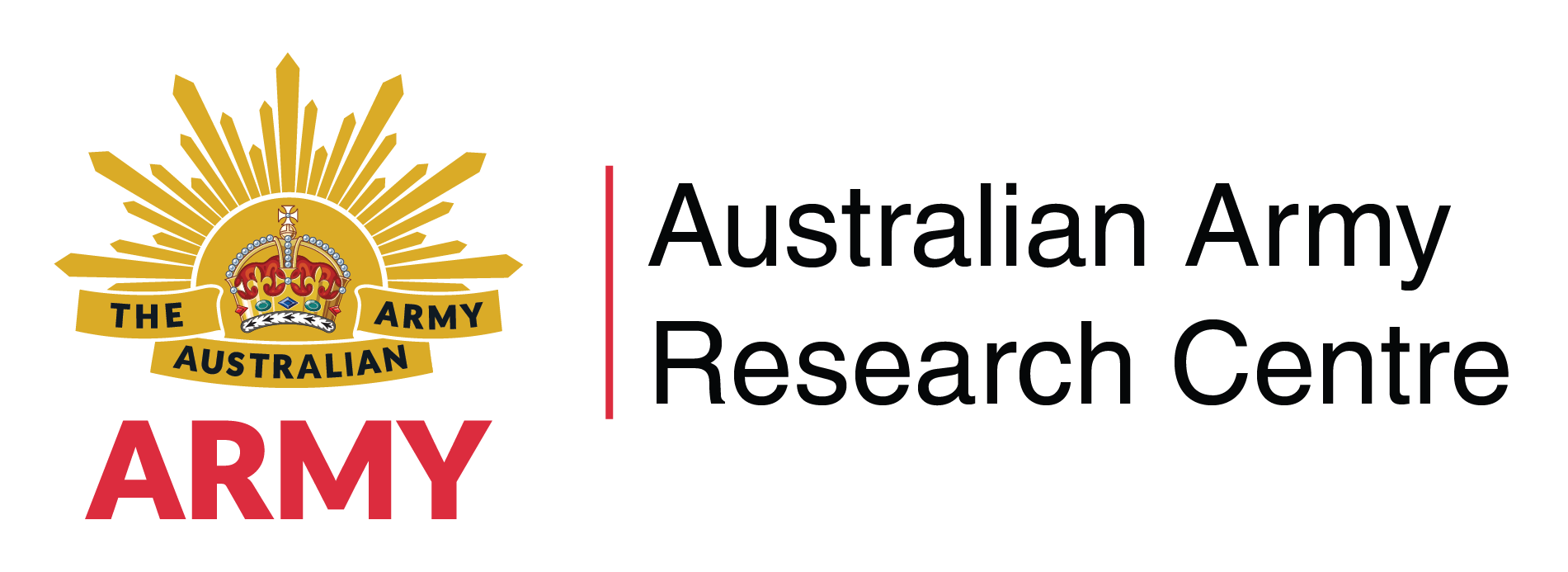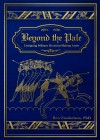Designing Military Decision-Making Anew
Columbia Air University Press, 2023, 364 pp
Paperback ISBN: 9781585663286
Author: Ben Zweibelson
Reviewed by: Alice Paton
Our military strives to be the best, not just for the satisfaction of a job done well, but to protect our national interests, our society and our mates. We work hard to gain and keep a competitive edge, but what if these efforts are ineffective? In this book Ben Zweibelson, a retired US Army infantry officer with experience in Afghanistan and Iraq, questions whether the way western militaries think and plan is contributing to strategic and operational failure. Drawing upon his extensive academic study and experience as Director of the US Space Command’s Strategic Innovation Group, Zweibelson argues that the paradigms underpinning the doctrine and training of NATO partners and like-minded nations are not suitable for our complex and chaotic environment.
Traditionalists may consider Zweibelson’s thesis heretical, an opinion that he presages in his title of Beyond the Pale. It is worthwhile, however, to challenge our fundamental paradigms to reassess their relevance in the modern context, even if it may result in an uncomfortable recognition of our need to change.
The book is broken into four parts: the first provides the philosophical and theoretical foundation for Zweibelson’s argument, the second examines current constructs with a focus on NATO models, the third considers how military decision-making could be redesigned, and the last considers how these changes could be implemented.
Zweibelson’s central concern is that militaries may be ‘unwittingly stuck in a warfighting frame that precludes reflection, deviation, and innovation beyond institutionalised limits'.[1] In the first section, Zweibelson draws upon sociology, systems theory, complexity theory, and cognitive science to develop a model comprising three loops of thinking. Single-loop analytical thinking looks to linear and repeatable standardised processes; double-loop thinking adds periodic consideration if the right process is being applied; and triple-loop thinking introduces reflexive thinking to challenge the very paradigms used to make sense of the environment and situation.
Personnel are most comfortable in single-loop thinking as their tasks are well defined and clearly align with doctrine, policy and training. Second-loop thinking is rare, often found within strategy and planning cells, but Zweibelson argues that very few are capable – or willing – to engage in the meta-paradigmatic approach required by triple-loop thinking as it forces them to challenge not only their own mental models and perceptions of reality, but also those espoused by their military organisation.
To prepare the reader for third-loop thinking, the second part of the book explores military epistemology, or ‘how militaries think’. Zweibelson argues that “the modern military frame has deep roots in a mechanistic, linear-causal, and often socially constructed appropriation of other scientific fields, disciplines, and professional communities of practice outside warfare.”[2] Metaphors and methodologies are utilised to provide the appearance of scientific rigour, without an adequate understanding of the field from which they have been drawn or the contextual relevance. Specifically, Zweibelson calls out the tendency for militaries to apply “mechanistic, Newtonian-styled constructs”[3] to justify the reduction of complex or chaotic situations to linear cause and effect approaches such as the ‘ends, ways, and means’ model for strategy, and ‘centre of gravity’ or ‘course of action analysis’ in joint planning.
Zweibelson’s analysis of military tools and methods is valuable, but more importantly, it encourages readers to reflect on the language and paradigms that have shaped their military careers. If done honestly and with an open mind, this confronting self-reflection invites the reader to step beyond the constructs that limit their perception of reality.
The third and fourth parts of the book discuss how military thinking could include reflective and systemic practices that Zweibelson argues are better suited to the complex and chaotic environments faced by modern militaries. He adapts Snowden’s Cynefin framework to differentiate between simple, complicated, complex and chaotic systems and the most appropriate practices for each category. [4] An organisation can establish ‘best’ practices to manage simple systems and draw from a suite of ‘good’ practices to manage complicated systems. However, complex and chaotic systems need emergent practices developed through experimentation and innovative practices that extend beyond current understanding. Importantly, Zweibelson highlights that organisations may experience a swift descent into chaos if they attempt to oversimplify the complexity of their system or impose control over systems that are inherently uncontrollable. Instead, Zweibelson outlines a number of approaches that organisations could use to improve their understanding of complex, adaptive systems and enhance their ability to respond to emergent behaviour.
Disappointingly, although Zweibelson proposes ways to integrate reflexive thinking into exiting military paradigms, his focus in this regard is predominantly limited to the strategic level and to the commander. This appears to be a minor extension to the double-loop thinking he had previously noted was often limited to strategic and planning sections. It would have been interesting to consider how novel and emergent practices could be implemented at the tactical level, where personnel have the best appreciation of the system they work within and are able to rapidly respond to unforeseen or alien system behaviour that could otherwise shock the organisation into confusion and inaction.
It was also frustrating that, although Zweibelson identifies the advantages of a shifting, decentralised, interconnected rhizome approach compared to the traditional centralised, hierarchical tree structure, he does not address how a rhizomic structure could be utilised by state militaries. The rhizomic structure’s ability to rapidly change in response to its environment “supports the nonlinear and emergent patterns that define complex, adaptive systems” and may be more effective in the modern environment as demonstrated by issue motivated groups, criminals, insurgencies and terrorists. Although the chain of command is unlikely to ever be abolished, it would have been interesting to explore whether aspects of a rhizomic structure could be utilised at a tactical or operational level.
Zweibelson has provided a thoroughly researched and provocative critique of military paradigms that shape how we perceive the world, and that attempt to shape our environment. He has achieved his objective to “disrupt, challenge, and, when necessary, destroy some cherished warfighter beliefs that are irrelevant today and were questionably useful when first implemented”.[5] His recommendations as to how reflexive thinking could be incorporated into modern militaries, however, have arguably remained within ‘the pale’ of organisational tolerance for change. As such, this book offers the opportunity for readers to enhance their understanding of the mental models and methodologies that underpin military work, while also posing an unresolved challenge: how could we make the necessary paradigm shift to stay relevant in our current environment?
This book is most suitable for staff with a solid grounding in Defence practices who are flexible enough to consider alternate approaches. This cohort includes mid-career staff seeking to improve their professional skills and senior enlisted and commissioned leaders interested in shaping the future force.
Endnotes
[1] Ben Zweibelson, Beyond the Pale: Designing Military Decision-Making Anew (Maxwell AFB, AL: Air University Press, 2023), xxiv.
[2] Zweibelson, Beyond the Pale: Designing Military Decision-Making Anew, xxxi.
[3] Zweibelson, Beyond the Pale: Designing Military Decision-Making Anew, 81.
[4] David Snowden, "Complex Acts of Knowing: Paradox and Descriptive Self-Awareness," Journal of Knowledge Management 6, no. 2 (2002): 104; Zweibelson, Beyond the Pale: Designing Military Decision-Making Anew, 289.
[5] Zweibelson, Beyond the Pale: Designing Military Decision-Making Anew, xvii.



